Let’s Look Closely at Mahi Mahi
Mahi Mahi, a fish valued for its firm texture and mild flavor, is often featured in various culinary traditions. Recognized for its versatility, this fish can be grilled, baked, pan-seared, or even incorporated into vibrant seafood stews.
Mahi mahi offers a distinctive flavor profile with its subtle sweetness and delicate balance, making it well-suited to various seasonings and marinades. In preparing mahi mahi, techniques that preserve natural moisture are typically emphasized, as the fish’s lean flesh can quickly become dry if overcooked.
Light marinades or flavorful rubs are commonly applied, allowing spices and herbs to enhance, rather than overpower, the fish’s inherent taste. Meanwhile, tropical flavors—such as citrus fruits, mangoes, and pineapples—are often paired with mahi mahi to complement its subtle notes.
In recipes, mahi mahi is frequently chosen not only for its flavor but also for its nutritional benefits. Rich in protein, vitamins, and minerals, it is a valuable component of a balanced diet. For those seeking a satisfying and nutritious meal, mahi mahi is a versatile choice that can be adapted to various tastes and cooking styles.
Mahi Mahi, also known as dolphinfish or dorado, is a species of fish found in tropical and subtropical waters worldwide. They are known for their bright colors, ranging from deep blue to golden yellow, and for their firm, white flesh. Mahi Mahi is a popular game fish commonly caught and sold as food.
Where Does Mahi Mahi Live?
This is a surface-dwelling ray-finned fish found in off-shore temperate, tropical, and subtropical waters worldwide. It is a member of the family Coryphaenidae, which also includes the pompano dolphinfish. It is known for its vibrant colors, ranging from deep blue to golden yellow, and for its firm, white flesh.
They are found in tropical and subtropical waters worldwide, including the Atlantic, Pacific, and Indian Oceans. They are typically found in the open ocean but can also be found near shore and around coral reefs. They are known to swim in schools and can be found near floating debris, such as logs and seaweed. They also follow and feed on small fish and squid schools.
What Do They Look Like
Mahi mahi have a streamlined, elongated body with a large dorsal fin, a small anal fin, and a crescent-shaped tail. They have a pointed head and a large mouth with sharp teeth. They can grow up to six feet in length and weigh up to 60 pounds, but most commonly, they are caught at a size of around 20-30 pounds.
They are a fast-growing fish that can mature in as little as a year. They are prolific spawners and can produce millions of eggs in a single spawning event. They are also known to have a relatively short life span, with most individuals living for less than five years.
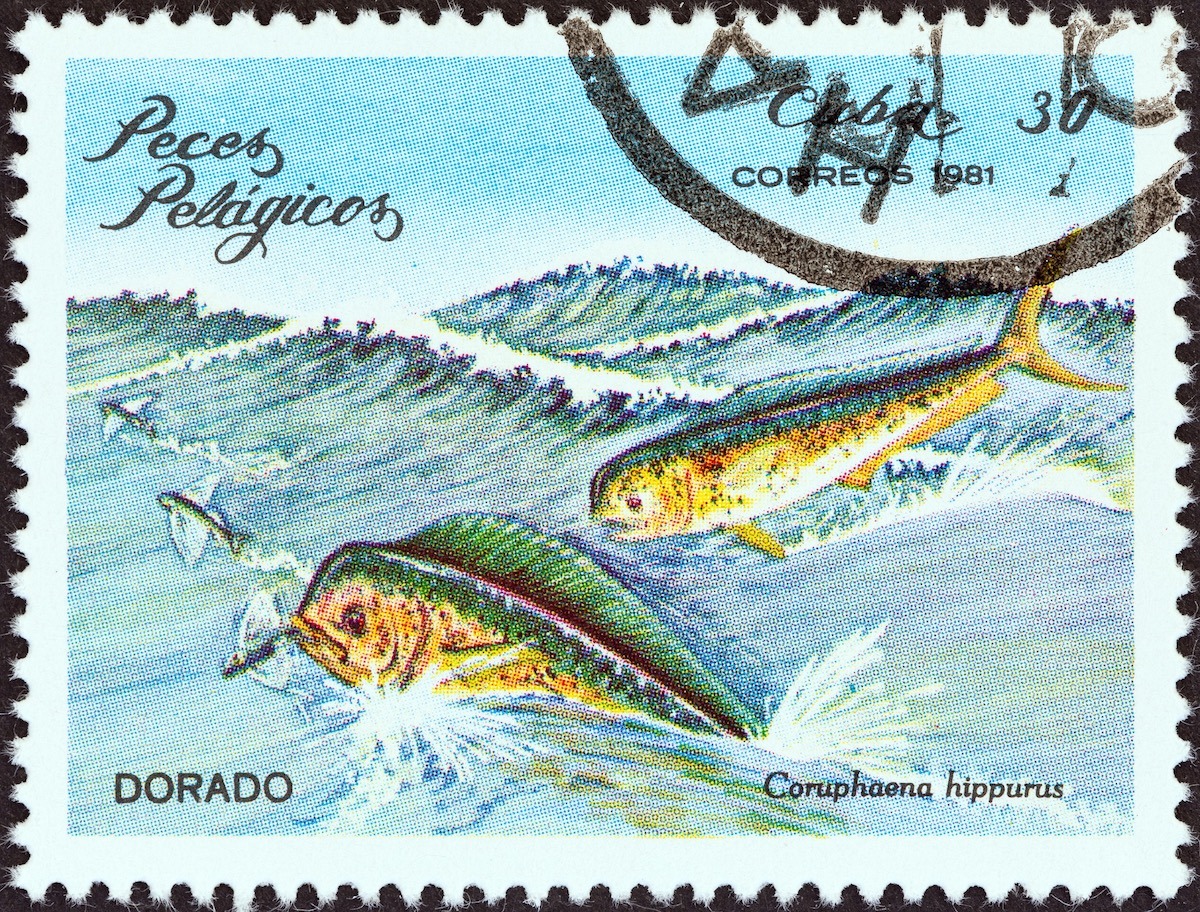
Popular Game Fish
Mahi mahi are popular game fish and are often caught using trolling techniques with lures or live bait. They are known to put up an intense fight when hooked, making them a challenging and exciting catch for anglers. They are also a popular food fish and are considered to have a high-quality, firm white flesh with a mild flavor. The fish is a good source of protein, and it is low in mercury.
They are also considered a sustainable seafood option and are typically caught using methods that have minimal environmental impact. However, as with wild-caught fish, the sustainability can depend on the specific fishery and management practices.
A Fish With Many Names
Also known as dolphinfish or dorado is a species of fish that goes by several different names depending on location and language. Some of the other names for mahi mahi include:
- Dolphin: This is one of the most common names for mahi mahi in the United States, but it is important to note that the fish is not related to the mammal, also known as dolphin.
- Dorado is the Spanish name for mahi mahi, commonly used in Latin America and Spanish-speaking countries.
- Lampuka: This is the Maltese name for mahi mahi.
- Calitos: This is a name commonly used in Costa Rica.
- Mahimahi: This is the Hawaiian name for mahi mahi.
- Rivering: This is a name commonly used in Trinidad and Tobago.
- Goldmakrele: This is the German name for mahi mahi.
- Kinmedai: This is the Japanese name for mahi mahi.
- Pampus: This is the Dutch name for mahi mahi.
- Feroce: This is the French name for mahi mahi.
- Mahi: This is a shortened version of the name mahi mahi that is commonly used.
It should be noted that names vary by region and is not an exhaustive list.
Ways to Cook Mahi Mahi
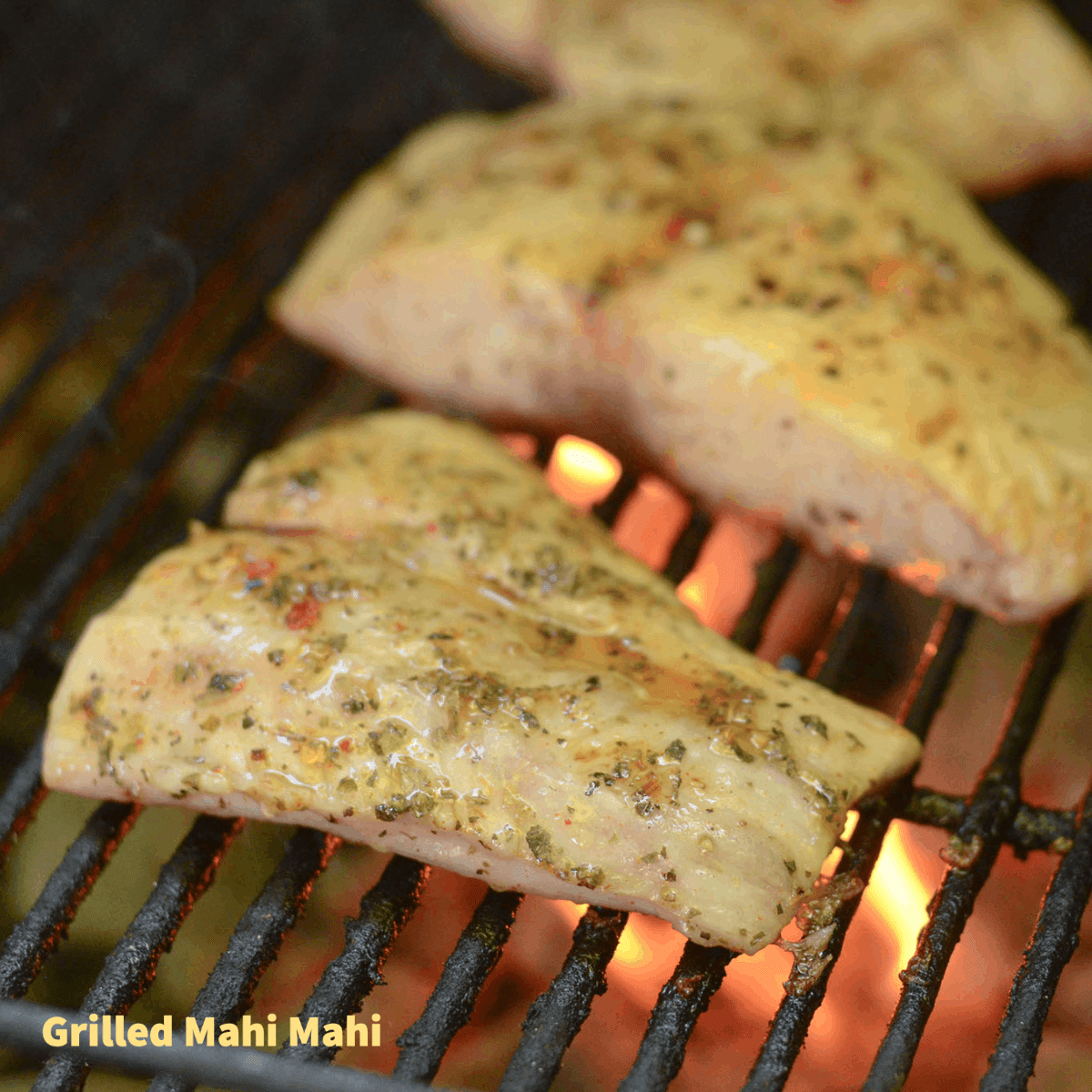
Mahi mahi is often prepared and cooked in various ways, including grilling, broiling, baking, and sautéing. It is also commonly used in sushi and ceviche. The flesh is firm and meaty and has a delicate, slightly sweet flavor. Mahi mahi can be enjoyed in various dishes, including soups, stews, sandwiches, and salads.
Some popular methods include:
- Grilling: It can be grilled whole or in fillets. To add flavor, it is best marinated with citrus or a spicy marinade. The fish should be grilled over medium heat for about 4-5 minutes per side or until the flesh is opaque and flakes easily.
- Broiling: It can be broiled in the oven, either whole or in fillets. Before broiling, the fish should be brushed with oil or butter and seasoned with herbs and spices. Broil for about 4-5 minutes per side or until the flesh is opaque and flakes easily.
- Baking: Mahi mahi can be baked in the oven, whole, or fillets. For added flavor, it can be wrapped in foil or parchment paper with vegetables, herbs, and lemon. Bake at 350 degrees F for about 10-15 minutes or until the flesh is opaque and flakes easily.
- Sautéing: It can be sautéed in a pan with a small amount of oil or butter. It can be seasoned with herbs, spices, and lemon for added flavor. Cook for about 2-3 minutes per side or until the flesh is opaque and flakes easily.
- Poaching: It can be poached in a flavorful liquid, such as fish stock, white wine, or coconut milk. It can be seasoned with herbs, spices, and lemon for added flavor. Cook for about 4-5 minutes or until the flesh is opaque and flakes easily.
- Smoking: It can be smoked, a popular way of preserving fish. It is usually marinated with a rub or a brine before smoking.
- Deep-frying: Mahi mahi can be deep-fried, commonly used in fish tacos or sandwiches. It should be coated with flour, cornmeal, or breadcrumbs before frying.
- Sushi and Ceviche: It is also used in sushi and ceviche. It is typically raw, thinly sliced, and marinated in citrus juice before serving.
So, as you know, cooking time and methods may vary depending on the size and thickness of the fish. It’s always recommended to check the internal temperature of the fish with a thermometer to ensure it is cooked through.
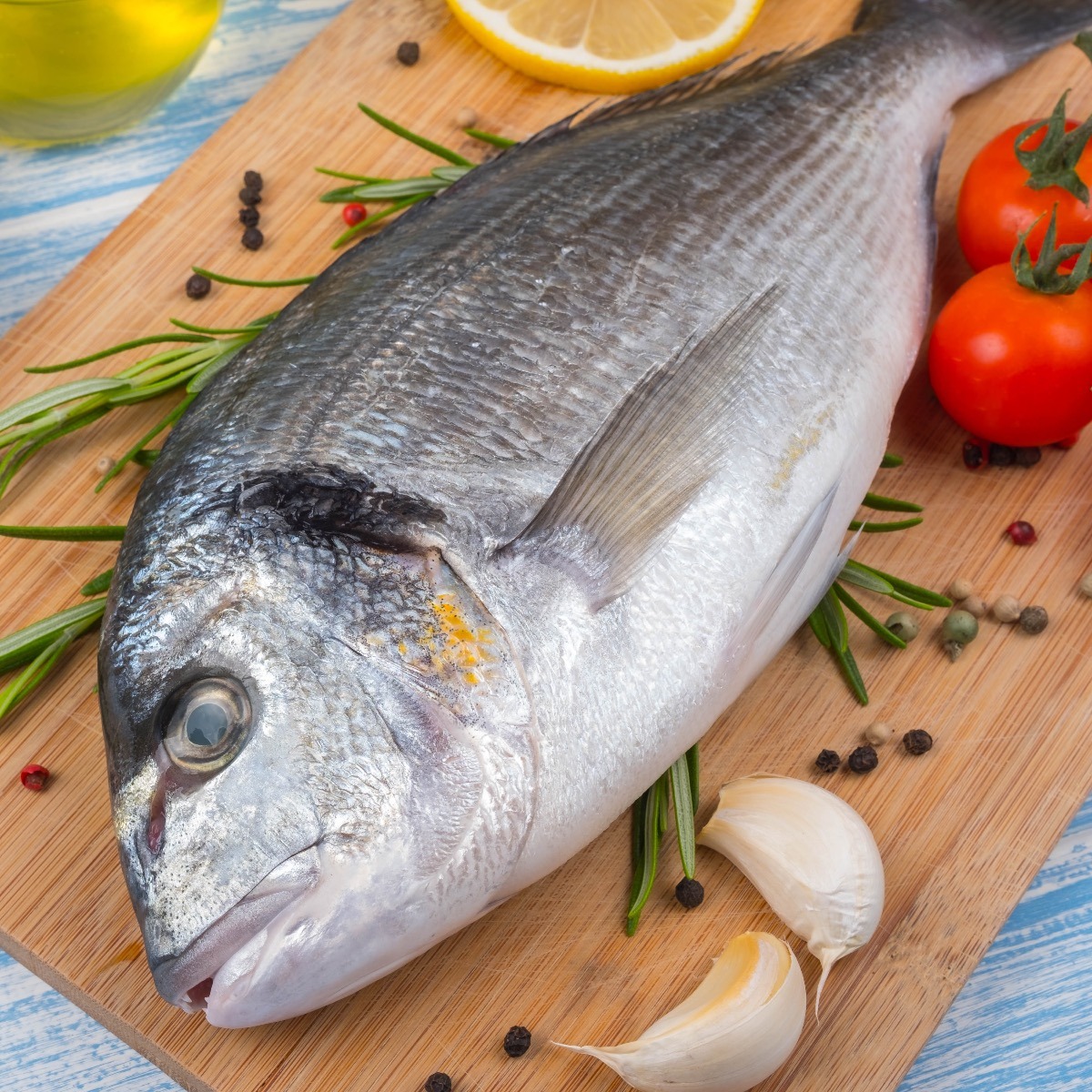
What does mahi mahi taste like?
It has a mild, slightly sweet flavor and firm white flesh. The texture is moist and flaky when cooked properly. It has a delicate taste, and it does not have a strong fishy taste. Also, it does not have a strong aftertaste.
Because of its mild flavor, mahi mahi pairs well with various seasonings and sauces, including lemon, lime, herbs, and spices. It also works well with bolder flavors such as garlic, ginger, and chili. Some people like to marinate it with a citrus-based or spicy marinade before cooking to bring out more flavor.
What Is Mahi Mahi So Popular?
It is a fish species that has become increasingly popular in recent years for several reasons:
- Flavor: It has a mild, slightly sweet flavor with a firm, white flesh that is considered high-quality. It is a versatile fish that can be cooked in many ways and pairs well with various seasonings and sauces.
- Nutritional value: It is a good source of protein and is low in mercury. It is also considered a lean source of protein and is rich in omega-3 fatty acids, which are beneficial for heart health.
- Versatility: It is a versatile fish that can be cooked in many ways, including grilling, broiling, baking, sautéing, and more. It is also used in sushi and ceviche, making it a great fish for various dishes.
- Sustainable seafood option: It is considered sustainable and is typically caught using methods with minimal environmental impact.
- Popularity in restaurants: It is a common menu item in many restaurants, particularly seafood restaurants, which has helped to increase its popularity among consumers.
- Affordability: It is considered an affordable fish, making it accessible to many consumers.
- Marketing: The fish industry has marketed it as a healthy and tasty fish, which has helped to increase its popularity among consumers.
- Catchability: It is a fast-growing and prolific spawner species, which makes it readily available, thus increasing its popularity among consumers.
All these factors have contributed to the increasing popularity of mahi mahi as a food fish. Its flavor, nutritional value, versatility, sustainability, affordability, and catchability have made it a popular choice among consumers and chefs.
Is It Nutritious?
Mahi Mahi is a nutritious fish that is high in protein and low in mercury. It is also a good source of omega-3 fatty acids, which have been shown to have several health benefits.
In terms of macronutrients, 3.5 oz (100g) of cooked Mahi Mahi contains:
- Protein: 20g (40% of daily value)
- Total fat: 2g (3% of daily value)
- Saturated fat: 0.5g (2% of daily value)
- Cholesterol: 45mg (15% of daily value)
Mahi Mahi is also a good source of micronutrients; it contains:
- Vitamin B12: 0.4mcg (7% of daily value)
- Vitamin D: 3.5mcg (23% of daily value)
- Selenium: 27.3mcg (49% of daily value)
- Phosphorus: 156mg (16% of daily value)
- Niacin: 5.6mg (28% of daily value)
Omega-3 fatty acids are considered beneficial to human health; they have been linked to reducing the risk of heart disease, stroke, and certain types of cancer. It is a good source of omega-3 fatty acids, providing about 0.5g per 100g of cooked fish.
Is It Farm Raised?
Mahi Mahi is primarily caught wild from the ocean. However, some efforts are being made to farm-raised mahi mahi in captivity.
Its aquaculture is considered a promising area of research due to the fish’s fast growth rate, high market value, and increasing global demand. Farming is still in its early stages, mostly in coastal countries such as Panama, Costa Rica, and Mexico.
Farm-raised mahi mahi is typically raised in large-scale, marine-based net pens, where they are fed a formulated diet. The farming process has been developed to minimize the environmental impact by using closed systems and recirculating aquaculture systems.
Farm-raised is considered a sustainable seafood option, as it can help reduce the pressure on wild fish populations. Moreover, it can provide a reliable supply of fish to meet the growing demand for seafood. However, as with aquaculture, it is essential to ensure that the farming practices are environmentally friendly and that the fish is raised healthily.
Grilled Mahi Mahi with Tomato-Orange Salsa Recipe
Ingredients
For the Salsa
- 2 medium tomatoes diced
- 1 orange peeled and diced
- 1 jalapeno pepper seeded and finely diced
- ¼ cup red onion diced
- 2 cloves garlic minced
- 2 tablespoons fresh cilantro chipped
- 2 tablespoons fresh lime juice
- salt and pepper to taste
For the Mahi Mahi
- 4 mahi mahi filets 6 oz each
- 2 tablespoons olive oil to coat the fish
- salt and pepper to taste
Instructions
For the Salsa:
- In a medium-sized bowl, combine diced tomatoes, diced orange, diced jalapeno pepper, diced red onion, minced garlic, and chopped cilantro.
- Add fresh lime juice and season with salt and pepper to taste.
- Mix well, and let the salsa sit in the refrigerator for at least 30 minutes to allow the flavors to meld.
- Before serving, taste and adjust the seasoning as needed.
- Serve chilled or at room temperature.
For the Mahi Mahi:
- Coat the fish filets with oil and season with salt and pepper, to taste.
- Grill the fish until seared on each side.
- Serve the fish with the tomato-orange salsa.

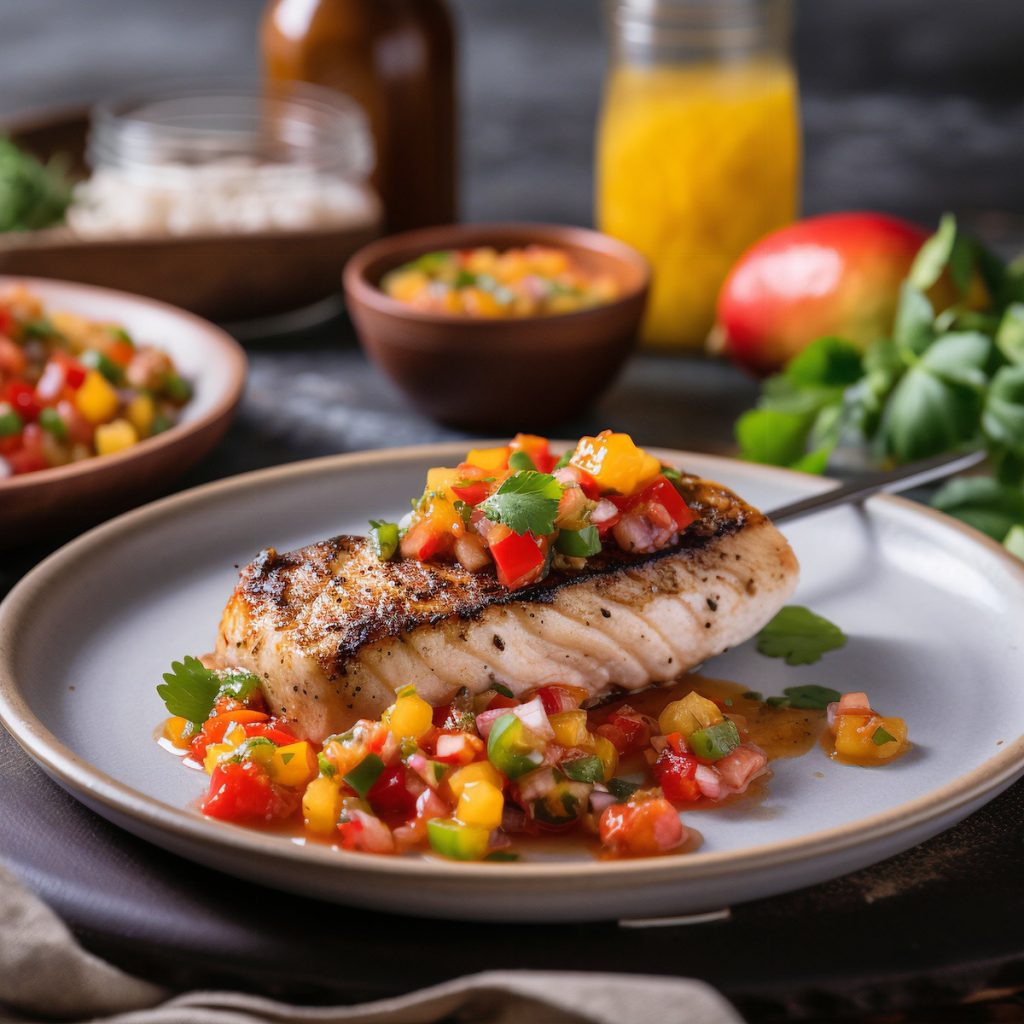


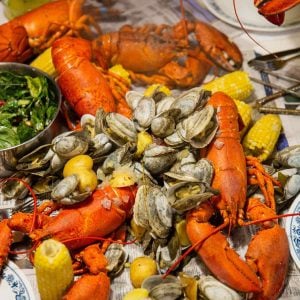



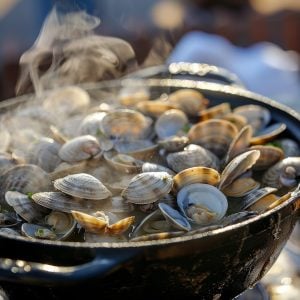

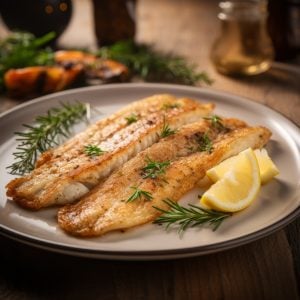



One Response
Thanks for a lovely seafood delight with tangy salsa!! my guests were delighted to have such a lip-smacking dish!
Hi Mexicana, you are very welcome. – RG